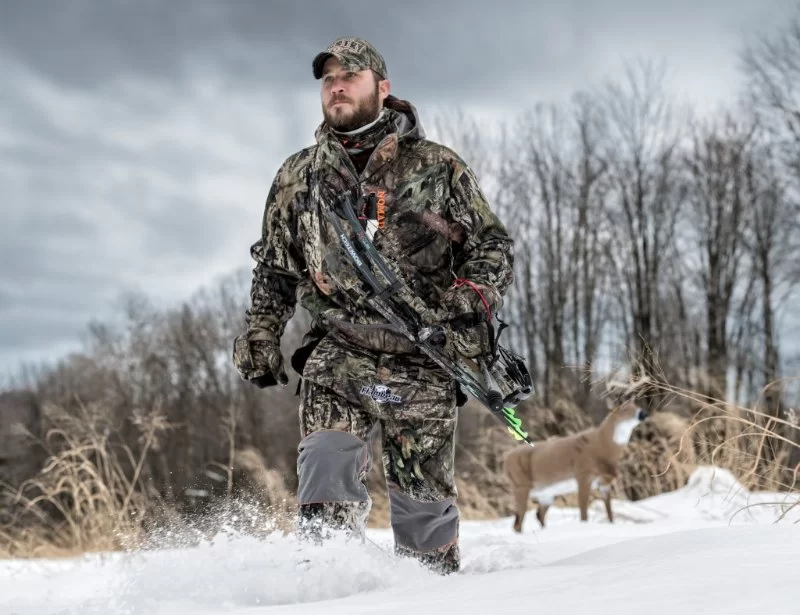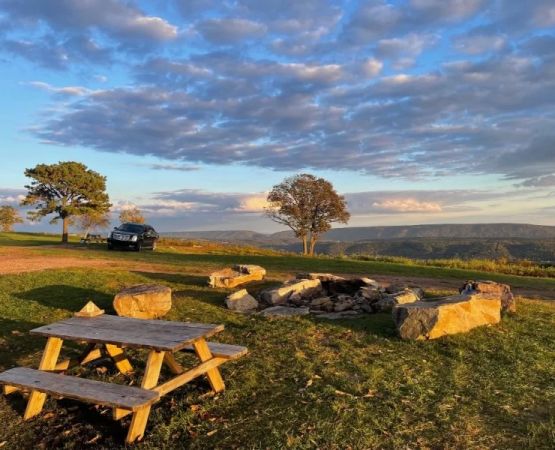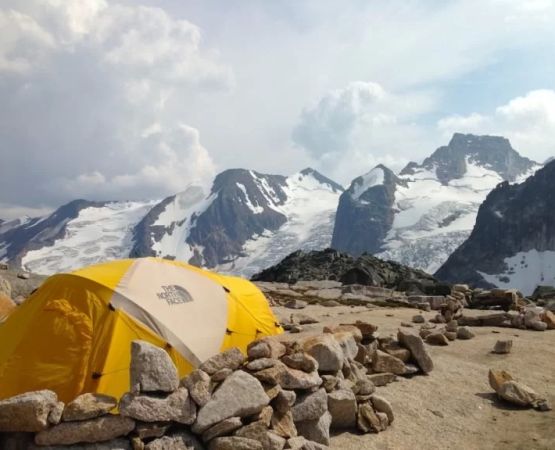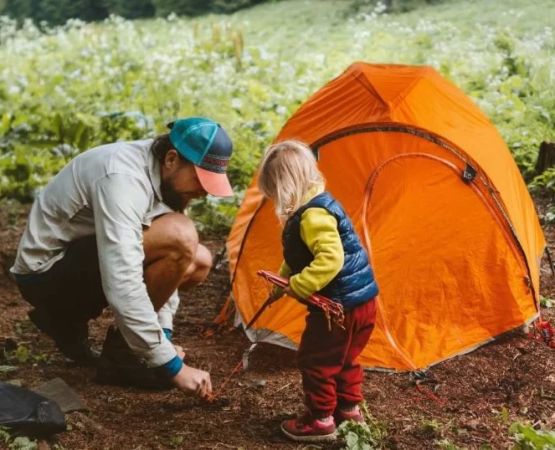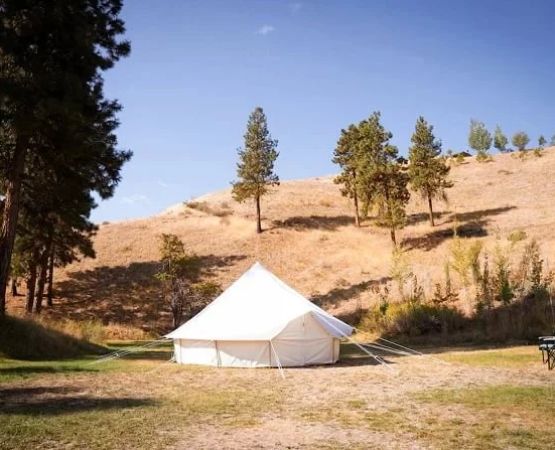How to Stay Warm with Layering: Clothes & Sleep System Tips
- Layering-Strategies-for-Cold-Weather — #layering-strategies-for-cold-weather
- Base-Mid-and-Outer-Layers-Explained — #base-mid-and-outer-layers-explained
- Sleep-System-Tips-for-Cold-Nights — #sleep-system-tips-for-cold-nights
- Case-Studies-Real-Outdoor-Experiences — #case-studies-real-outdoor-experiences
- Common-Mistakes-and-How-to-Fix-Them — #common-mistakes-and-how-to-fix-them
- Expert-Recommendations-for-Layering — #expert-recommendations-for-layering
- Why-Pine-Cliff-Resort-Is-Your-Resource — #why-pine-cliff-resort-is-your-resource
1. Layering Strategies for Cold Weather
Understanding the Science Behind Layers
Staying warm outdoors is less about having the thickest coat and more about building a smart layering system. Each layer has a specific purpose—wicking sweat, trapping warmth, and blocking wind or moisture. When these layers work together, your body stays insulated and dry even in freezing temperatures.
Adjusting Layers to Activity Level
If you’re hiking up a mountain trail, you’ll generate heat and sweat. Too many layers can cause overheating, which later chills you when you stop moving. Smart layering means removing or adding clothing as your activity changes. This flexibility keeps your core temperature stable without compromising comfort.
2. Base, Mid, and Outer Layers Explained
The Base Layer: Your Second Skin
The base layer wicks sweat away from your body. Fabrics like merino wool or synthetic blends are best. Cotton should be avoided—it traps moisture and quickly becomes cold. A good base layer is snug but breathable, keeping your skin dry and comfortable.
The Mid Layer: Trapping Heat
This is your insulation. Fleece jackets, down puffies, or synthetic insulated pullovers are excellent mid layers. Their job is to trap warm air close to your body. Many seasoned campers recommend having two mid-layer options so you can adjust based on conditions.
The Outer Layer: Shield from Elements
The outer shell defends against wind, snow, and rain. A waterproof, breathable jacket is crucial if you’re venturing into unpredictable weather. In dry, frigid conditions, a windproof shell may be enough. The outer layer doesn’t need heavy insulation—it’s your shield, not your furnace.
3. Sleep System Tips for Cold Nights
The Sleeping Bag as Your Microclimate
Think of your sleeping bag as a portable microclimate. Choose one rated for at least 10 degrees lower than the coldest temperature you expect. Down bags are warmer and lighter but lose performance if wet. Synthetic bags are bulkier but retain warmth in damp conditions.
Sleeping Pads Matter More Than You Think
Many people overlook sleeping pads, but they are critical. The ground steals body heat quickly. Insulated pads with higher R-values prevent this. Combining a foam pad with an inflatable one can dramatically increase warmth without much extra weight.
Wear Layers in Your Bag
Wearing dry base layers, socks, and a hat inside your bag enhances warmth. Just avoid overdressing—it can trap moisture and make you feel colder. A dedicated “sleeping outfit” kept dry in a stuff sack ensures comfort night after night.
4. Case Studies: Real Outdoor Experiences
A Camper’s Lesson in Yellowstone
In Yellowstone, a solo camper underestimated how cold it could get in May. With only a thick jacket and a summer sleeping bag, he struggled to stay warm. After layering his rain gear over his sleeping bag and insulating with pine boughs under his pad, he made it through the night. His story highlights why preparation is vital.
Family Camping in the Rockies
A family of four camping in Colorado used the “onion system” for their kids—base, fleece, and shell layers. For sleeping, they zipped two bags together for extra warmth. They later shared that layering not only kept them cozy but also made the kids feel safe and comfortable, turning the trip into a positive memory instead of a struggle.
5. Common Mistakes and How to Fix Them
Wearing Cotton
The phrase “cotton kills” is no exaggeration in cold environments. Switch to wool or synthetic layers, especially for base clothing.
Overdressing Inside the Bag
Too many layers restrict circulation and compress insulation. It’s better to let the bag’s loft do the work. Keep it simple—one or two thin, dry layers are enough.
Ignoring Feet and Head
Heat escapes quickly from your extremities. Wool socks and a beanie inside your bag can make a dramatic difference in warmth. Campers who skip this step often wake up chilled despite having quality bags.
6. Expert Recommendations for Layering
Pack Multipurpose Gear
Choose clothing that can function across activities. A mid-layer fleece with a full zipper works for both hiking and sleeping. This reduces bulk while keeping your layering system adaptable.
Ventilation is Key
Modern shells often have pit zips or venting features. Use them. Being able to dump heat quickly without removing the jacket prevents sweat buildup and keeps your layers effective.
Rotate Layers Between Day and Night
Dedicated sleeping clothes stay dry while your hiking set absorbs sweat during the day. This simple practice extends the life of your insulation and ensures consistent warmth at night.
7. Why Pine Cliff Resort Is Your Resource
Gear and Guidance You Can Trust
At Pine Cliff Resort, outdoor experts curate gear selections and layering systems that fit real-world camping needs. Whether you’re new to cold-weather camping or looking to refine your setup, the resort provides not just accommodations but also guidance on the best layering and sleep system practices.
Experience the Outdoors Safely
Layering isn’t just about comfort—it’s about safety. Proper gear and technique prevent hypothermia, boost morale, and turn cold-weather trips into adventures you’ll cherish. By partnering with Pine Cliff Resort, you’ll always be equipped for the conditions ahead.
Your Next Adventure Starts Prepared
If you’re ready to take on cold-weather camping with confidence, start with your layering system. Then, upgrade your sleep setup to match. With expert tips and reliable support from Pine Cliff Resort, every trip can be warm, safe, and unforgettable.

